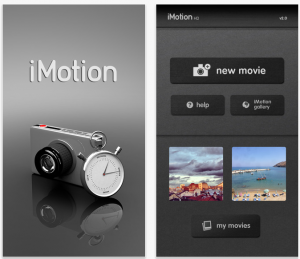Subject: Digital Technologies
Year level: 5 and 6.
Year 5 Syllabus: Students develop understanding and skills in computational thinking, they have opportunities to create a range of solutions such as games, interactive stories and animations that involve branching. When creating solutions students identify appropriate data and requirements. They develop skills to write clear algorithms by identifying repetition and incorporate repeated instructions.
Strand: Knowledge and understanding: Digital Systems
- Digital systems have components with basic functions that may connect together to form networks which transmit data. (ACTDIK014)
Strand: Processes and productions skills: Collecting, Managing and Analysing Data
- Design, follow and represent diagrammatically, a simple sequence of steps (algorithm), involving branching (decisions) and iteration (repetition). (ACTDIP019)
Year 6 Syllabus: Students develop further understanding and skills in computational thinking. Students consolidate their understanding of the role individual components of digital systems play in the processing and representation of data. They increase the sophistication of their algorithms by identifying repetition.
Strand: Knowledge and understanding: Representation of data
- Whole numbers are used to represent data in a digital system (ACTDIK015)
Strand: Processes and production skills: Digital Implementation
- Design, modify, follow and represent both diagrammatically, and in written text, simple algorithms (sequence of steps) involving branching (decisions) and iteration (repetition). (ACTDIP019)
Link to resource: https://www.gethopscotch.com/
Cross Curriculum priorities: Information and Communication Technology (ICT) capability and Critical and Creative Thinking.
Link to other learning areas: Literacy and Numeracy
A classroom activity using this resource:
This application can be downloaded onto an iPad device. It is an application that enables students to create their own game and allows them to publish it into the community. Students learn concepts of core coding and algorithms to create their game.
You can give students guidelines for their games, for example a game that promotes sustainability. Students are required to design and then follow a series of steps to produce a functioning game. The game requires students to use coding to create their own game. This game can be based on a subject of the teachers choosing. The application requires students to use numbers and algorithms to create the movement of the characters in their game.
This application can also be a good introduction to coding and using algorithms. Students must use problem solving skills and numeracy to create aspects of the game.
(Below is a tutorial on the Hopscotch App)
How to use this resource:
- Download the app “Hopscotch” onto your iPad device.
- Before starting it is a good idea to brainstorm ideas for the type of game you want to create.
- Create a short story board of the game objectives.
- Sign up to “Hopscotch” using a username and password.
- Select a character
- Start using movements to create your own game




